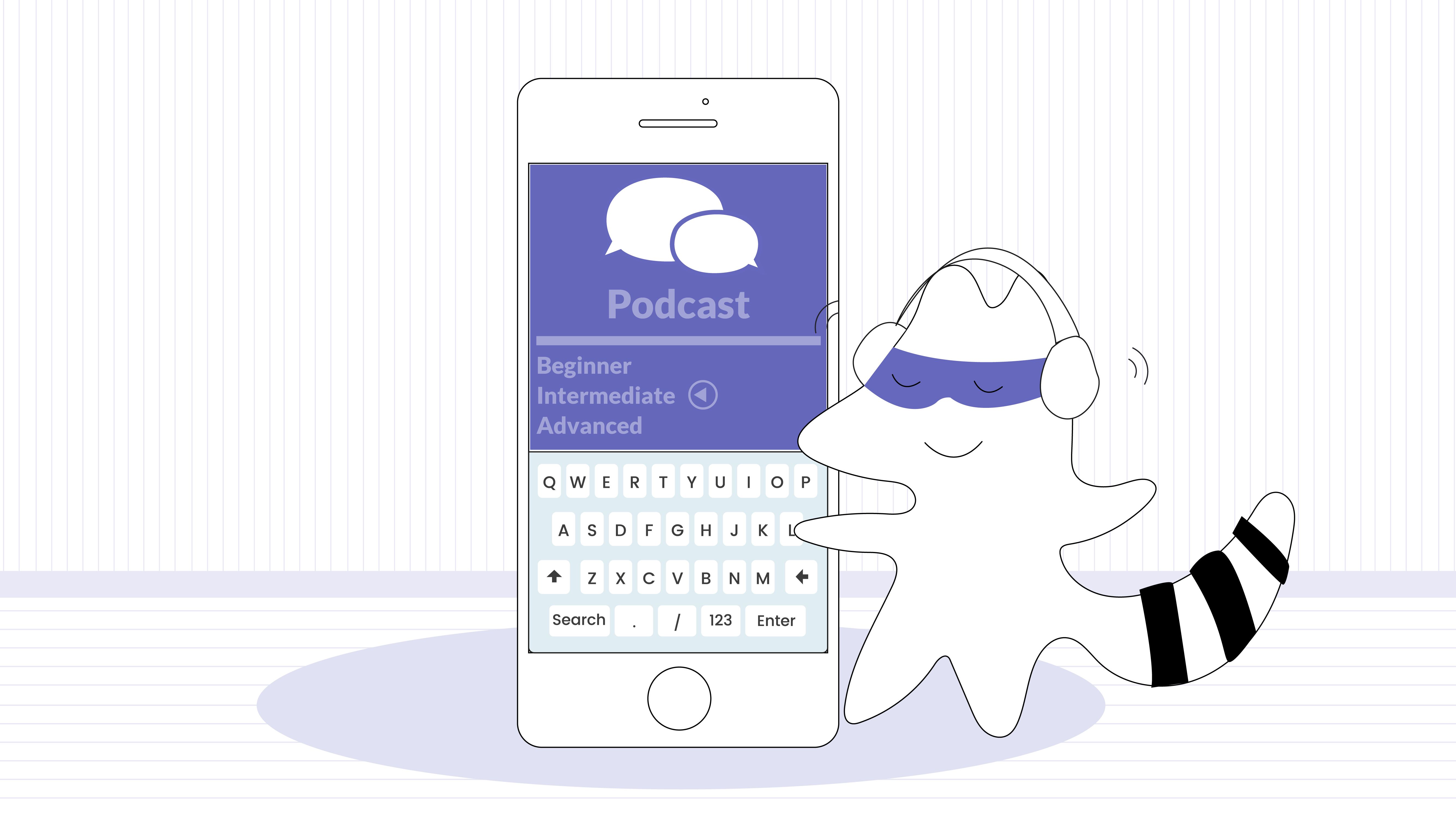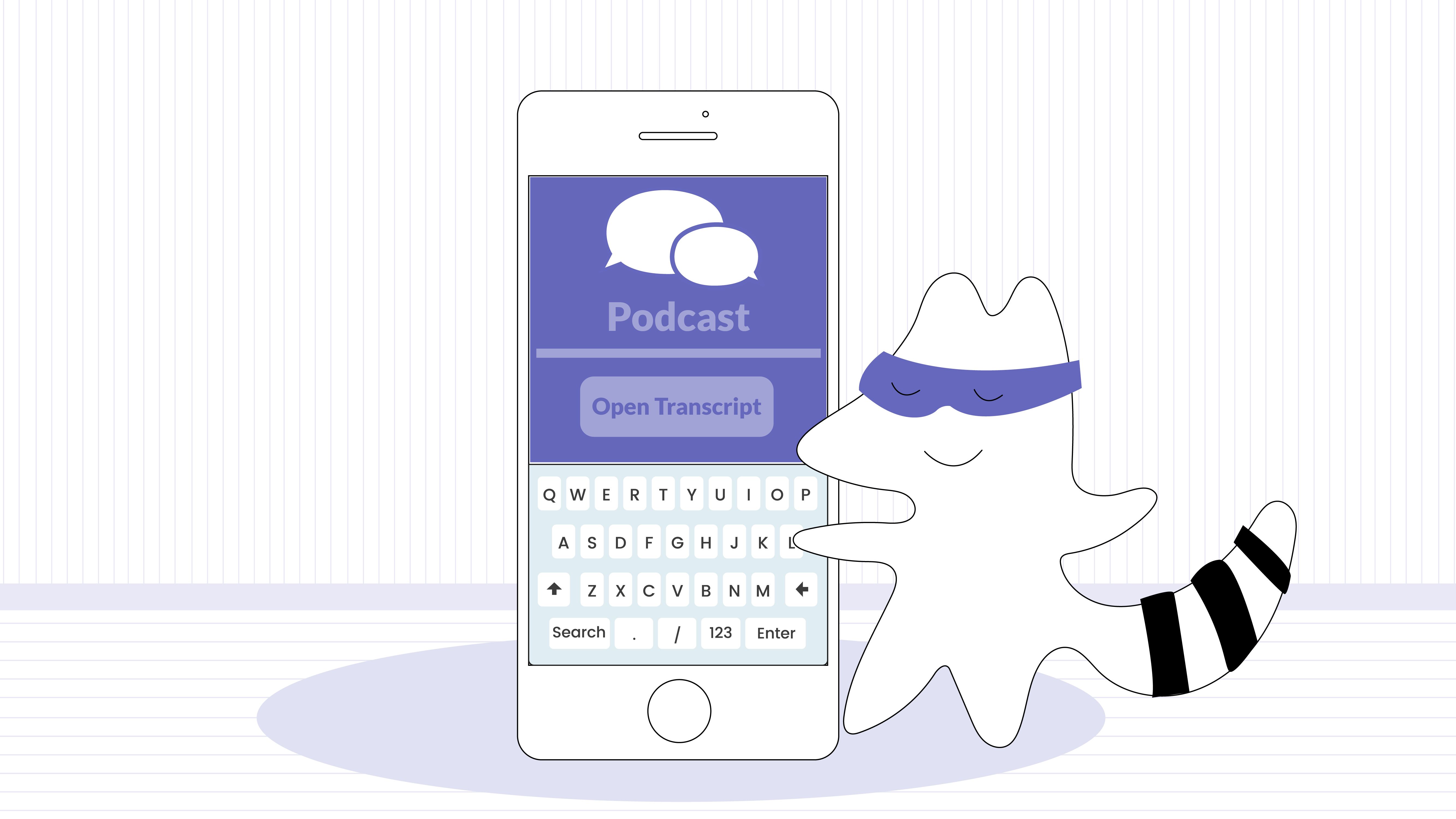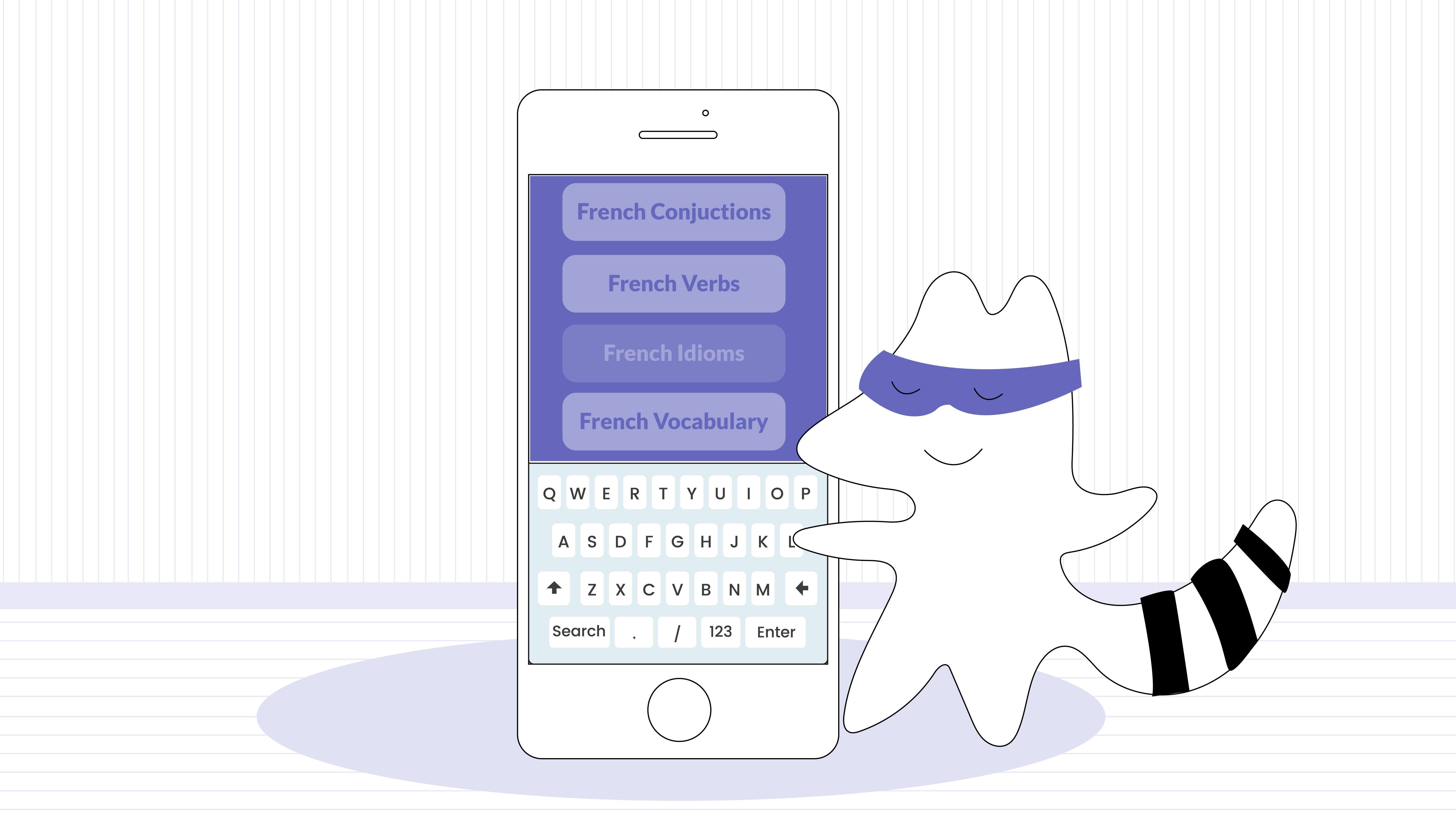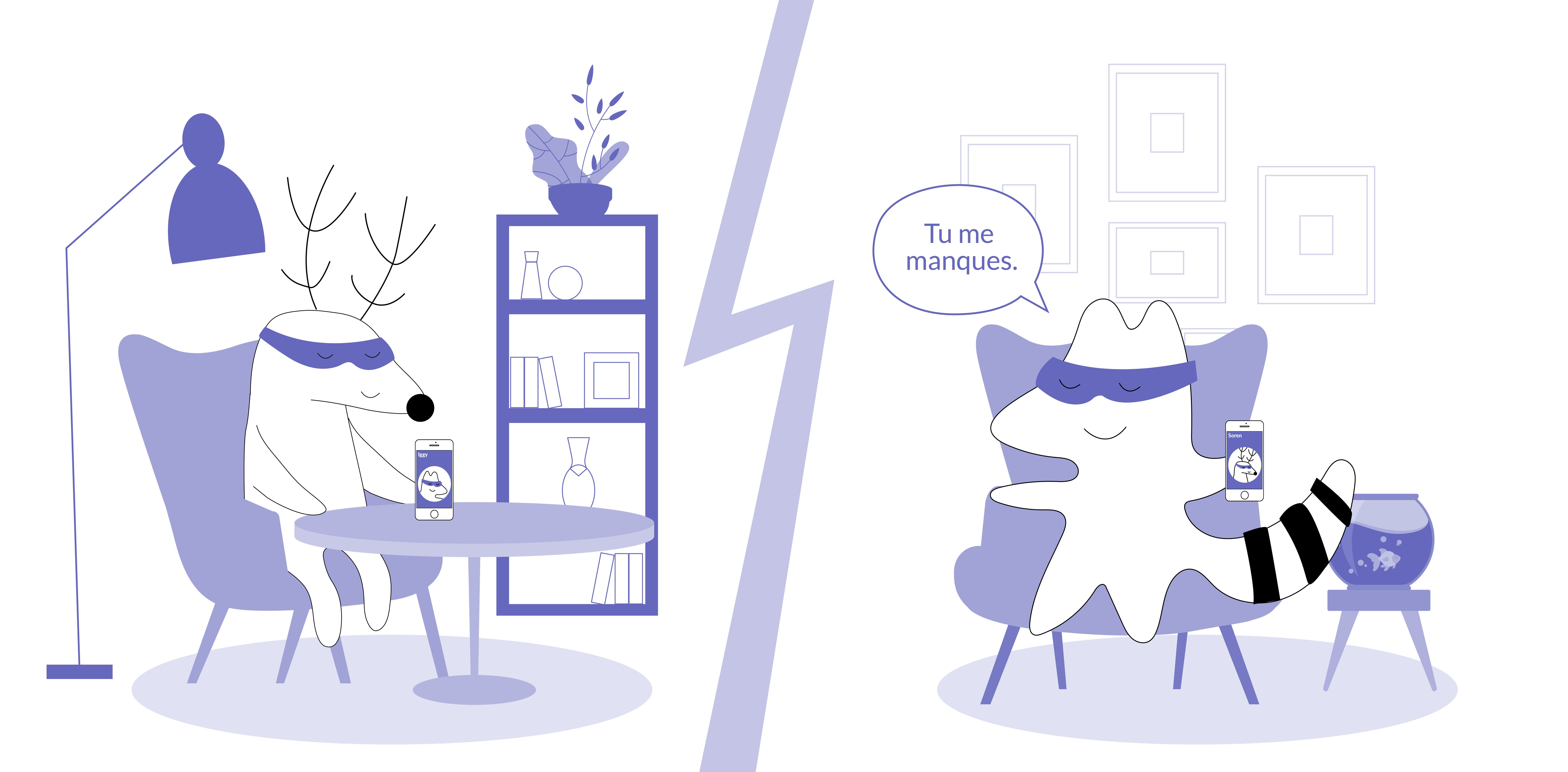
In this ever-evolving digital era, podcasts have emerged as a popular and effective medium for learning new languages. Podcasts offer unprecedented flexibility, allowing language learners to immerse themselves in authentic language content — anytime and anywhere, whether they're commuting to work, cooking dinner, or working out at the gym.
If you learn French, one noteworthy podcast that has gained considerable attention is News in Slow French. This unique platform promises to make mastering French more accessible, particularly for those who find the pace of typical French dialogue daunting. But, is it really worth your time and effort?
Over the course of this review, we delve into the key aspects of News in Slow French, its pros and cons, and how its effectiveness stacks up against other French language podcasts on the market to help you decide if News in Slow French is the right fit for you. Tune in!
Learn French with Langster
News in Slow French: An Overview
News in Slow French is a podcast that aims to help intermediate and advanced learners of French improve their listening and comprehension skills. It offers weekly episodes that cover current news topics, cultural insights, and interviews with native speakers.
- Beginner, where hosts present key information and insights in plain language. Transcripts include contextual translations to help you stay in French.
- Intermediate, which contains lively discussion and debate with simplified grammar and vocabulary.
- Advanced, where hosts share in-depth analysis of current headlines in real, everyday French with more complex language structures.
In addition to podcasts, you can also get access to the Grammar & Expression page, which also includes a quality guide to French pronunciation from a linguistic perspective, and the G.U.T.S. (Get Up to Speed) course, which helps you solidify the basics with dialogues, stories, lessons, and quizzes.
Moreover, you can get additional information on French culture, history, and lifestyle from the Series page, which provides sets of episodes covering topics like science and cinema, as well as meditation and stand-up comedy in French.
News in Slow French offers a 7-day free trial, then allows you to choose between two subscription plans: Full Access for $19.90 or Audio Only for $5.90 per month. The podcast is available for both iOS and Android users.

Pros
One of the main advantages of News in Slow French is its focus on current events. Unlike traditional language learning materials that often use outdated or artificial content, this podcast uses real news stories from French media.
This not only makes the listening experience more engaging but also allows learners to stay informed about what's happening in the French-speaking world.
Another pro is the slow pace of the podcast. As the name suggests, news stories are presented at a slower speed, making it easier for learners to follow the spoken French and understand it. This can be particularly beneficial for those who struggle with listening comprehension or have just started learning French.
Additionally, News in Slow French offers a variety of supplementary materials, such as transcripts, vocabulary lists, and grammar explanations. These quality resources can be especially helpful for self-study and allow learners to review and reinforce what they have learned from the podcast.

Cons
Despite its many advantages, News in Slow French does have some drawbacks that potential users should keep in mind.
One of these is its heavy reliance on auditory learning. The podcast format inherently lacks visual aids, which can be problematic for visual learners who benefit from seeing written words, pictures, or other graphical representations of language concepts.
This means that while News in Slow French is excellent for developing listening skills, it may not cater as well to those who prefer a more visual learning experience.
Additionally, while the podcast offers several versions — for beginner, intermediate, and advanced learners — beginners may find the content limited and a bit challenging to follow. Even the intermediate level, with its simplified vocabulary and grammar, might be somewhat daunting for those who are just starting their journey with the French language.
It's also worth noting that some key features, including complete transcripts of the podcasts and grammar tools, are only available with a paid subscription. This could be a potential barrier for some learners, especially those who are looking for free resources to support their language learning journey.
Unique Features
One unique feature of News in Slow French is its emphasis on cultural insights. In addition to news stories, the podcast also includes segments where hosts comment on French culture, history, and traditions. This can give learners a deeper understanding of the language and its context.
The podcast also offers additional resources for specific vocabulary and grammar points. For example, there are episodes dedicated to French nouns, idiomatic expressions, or verb tenses, which may be particularly useful for learners who want to focus on a specific language skill.

Comparison with Other Podcasts
Several other popular podcasts for learning French offer similar content to News in Slow French.
One notable example is Coffee Break French, which also uses a slower pace and focuses on current events. However, unlike News in Slow French, Coffee Break French offers its content for free, making it a more accessible option for learners.
Another popular podcast is FrenchPod101, which covers a wide range of topics and language levels. While it may not have the same focus on current events as News in Slow French, it does offer a larger variety of resources, such as videos and flashcards.
Takeaway

Overall, News in Slow French is a valuable resource for learners who want to improve their listening skills and stay up-to-date with current events in the francophone world. Its slow pace, real-life content, and supplementary materials make it a useful tool for intermediate and advanced learners.
However, absolute beginners and visual learners might want to consider other complementary resources — like our Langster app! — to make the most of their language learning experience.
Ultimately, it's worth giving News in Slow French a try to see if it fits your learning style and goals. Still, remember to engage with other forms of language input, such as reading and speaking with native speakers. Happy listening!
Learn French with Langster









